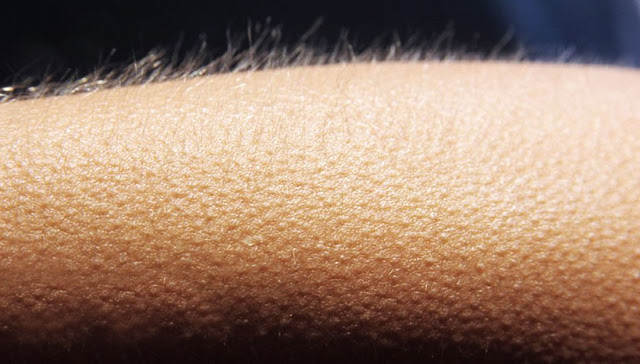William Griffith, PhD, professor and head of the Department of Neuroscience and Experimental Therapeutics at the Texas A&M College of Medicine, said goose bumps are a normal biological response to powerful emotions from dramatic or stressful situations linked to fight-or-flight. “Fight-or-flight is in response to something, typically being scared, shocked or encountering a predator, that prepares us to fight or flee,” Griffith said. “It’s part of an adrenaline reflex.” Strong emotional reaction to music or climatic scenarios can also trigger this adrenaline release.
This rush occurs throughout the body to activate a boost of energy that prepares the muscles for quick reaction to the potential threat. In turn, this hormonal release accelerates heart rate and lung function, expands muscular blood vessels and inhibits systems that are not essential to advancing or retreating like libido and digestion, among other things.
“These hormonal releases also cause the arrector pili muscles that surround the individual hair follicles to contract, making the hairs to stand on end and causing goose bumps,” Griffith said.
When these tiny muscles contact, each hair is elevated and depressions are created in the skin surrounding each follicle. The skin’s prickly surface shares resemblance with the flesh of a goose or other poultry whose feathers have been plucked, hence the term “goose bumps.”
Goose bumps are an inherited phenomenon that animals and humans both experience when adrenaline is released. When an animal’s body heat lowers, the hairs are raised to thicken the fur’s insulation and preserve more of the body’s heat. An animal can also use this hair-raising mechanism to increase its perceived size and make it seem more intimidating when threatened.
“Humans don’t necessarily have the ability or need to manipulate their body hair in such a way like our ancestors,” Griffith said, “but the trait still remains in our DNA, whether that adrenaline release is prompted by an uncanny environment or a sensational song.”
So, the next time you have “all the feels,” remember it is just the brain releasing the same chemicals that tell the skin to form goose bumps.



